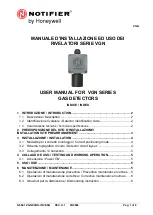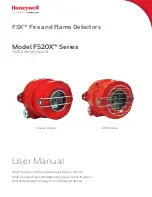
25
Once you have identified and pinpointed a target, your
objective is to recover it quickly and neatly, leaving virtually no
trace of your excavation. There are almost as many ways to do
this, as there are treasure hunters. Whatever works for you is
good enough as long as you don’t break any laws, damage
vegetation, or leave uncovered holes.
Generally speaking, beachcombers do little if any damage to
the environment while recovering targets. However, if you plan
to use your CZ-5 on lawns or in parks, your target recovery
method can be very important. Two of the most successful
methods are illustrated in a separate booklet enclosed with your
CZ-5.
1.
Use headphones. You’ll hear fewer distracting
sounds and more target sounds. And you’ll find
more.
2.
It’s always a good idea to walk slowly and overlap
your sweeps. But if you’re searching large
expanses of new territory you may want to walk a
little faster and not overlap your sweeps as much
until you start making a few good finds. Then, slow
down, overlap your sweeps and cover every inch
if ground.
3.
In trashy areas, to reduce the “masking” effects of
trash on nearby good targets, use a shorter and
slower sweep pattern. Also, the optional smaller 5-
inch search coil will zero in on good targets closer
to trash.
4.
When in doubt, dig. If your CZ-5 can’t quite decide
whether a target is good or bad, dig it up.
5.
Good things often come in twos. Or even threes.
Once you’ve recovered a good target, always
recheck the hole for a second signal and carefully
search the immediate area by walking slowly
around the hole two or three times, overlapping
your sweeps in an ever widening circle.
Always dig
every suspicious sound in the vicinity of a good find.
6.
Recheck your hole even if your find was trash. Good
targets are often found beneath the bad ones.
TARGET RECOVERY
Summary of Contents for M-Scope CZ-5 Quicksilver
Page 39: ...37...












































